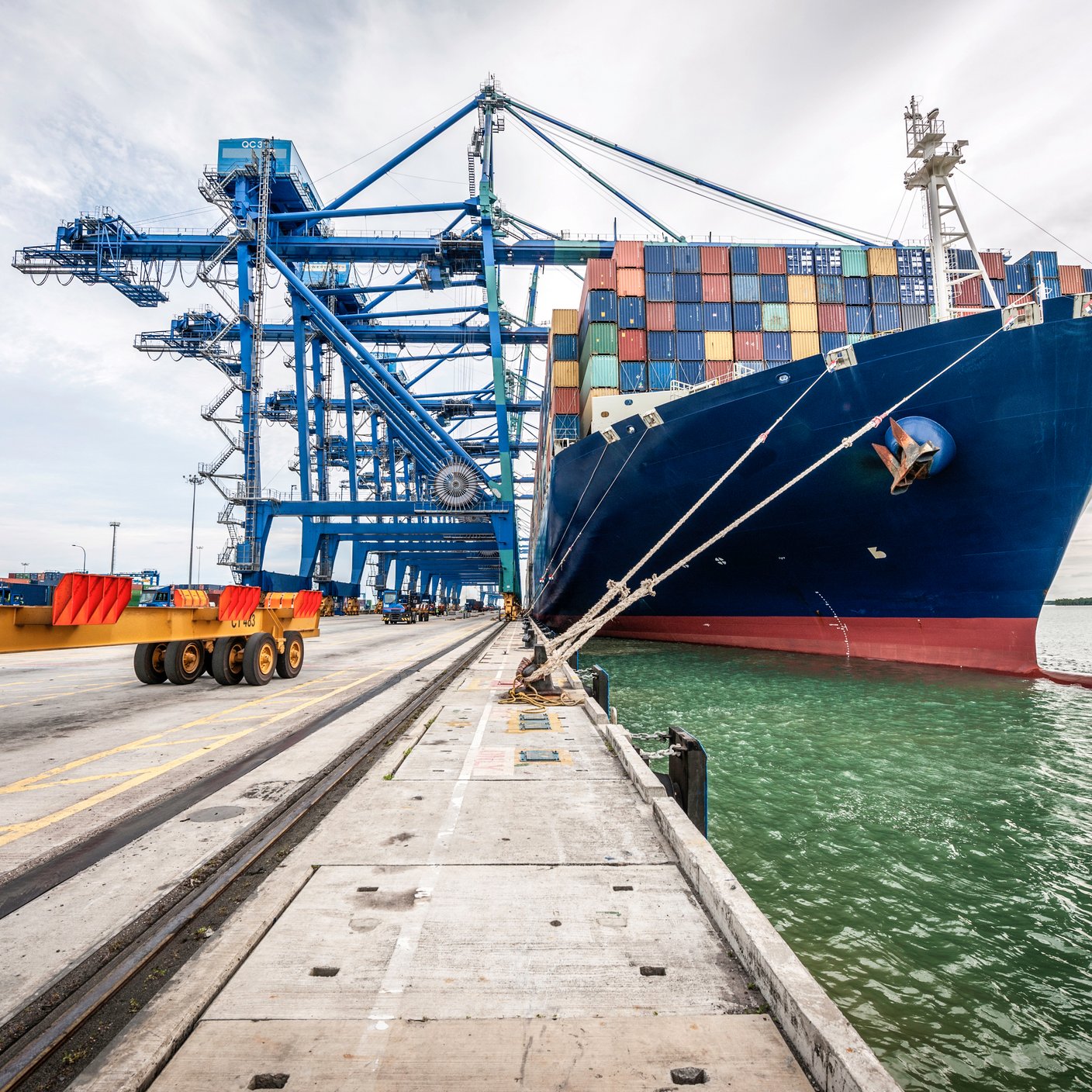Understanding why supply chain mapping matters is the easy part. The real challenge is knowing how to do it when you're staring at a list of hundreds or thousands of suppliers and feeling completely overwhelmed.
The good news is that you don't need to deeply analyze all of your suppliers. When mapping a global supply chain, the goal is to identify the highest risks—that critical 20% of suppliers that could potentially cause 80% of your problems.
What does a “high risk” supplier look like?
Risk isn't one size fits all. For an apparel company, high risk might mean suppliers in regions with forced labor concerns. For a technology company, it might mean concentration at a single port or reliance on one logistics provider. For a pharmaceutical company, it might involve temperature-controlled distribution chains.
The point is to understand your specific vulnerabilities based on:
- Where your suppliers operate (country-level risks).
- What they do (activity-based risks).
- How critical they are to your business (concentration risks).
- How much volume or value flows through them.
Before you can map anything, you need to define what “high risk” means in your context. This definition will guide every decision you make moving forward.
Where do I start with supply chain risk mapping?
If you're feeling overwhelmed, start here.
1. Bring the right people together
“Working cross-functionally is a game changer.” Kara Brennion, Consulting Specialist specializing in supply chain mapping and risk intelligence at BSI Consulting says. “Get procurement, compliance, legal, security, and sustainability in the same room. Each team sees different dimensions of risk.”
- Procurement understands supplier performance, reliability, and costs.
- Compliance monitors evolving regulations and industry standards.
- Legal evaluates contractual obligations and potential liabilities.
- Security identifies physical, digital, and logistical vulnerabilities.
- Sustainability integrates environmental, social, and governance (ESG) priorities and responsible sourcing practices.
Understand what each team cares about and what data they have. You need all these perspectives to see the complete picture.
2. Define what “high risk” means for you
Is it regulatory compliance? Disruption potential from tariffs or trade restrictions? Reputational risk? ESG concerns? All of the above?
Be specific. Write it down. Get agreement across teams. This becomes your North Star for prioritization. Without a clear definition, you'll waste time analyzing suppliers that don't actually pose a significant risk to your organization.
3. Start with what you know
You probably have more data than you think; it's just scattered across different systems and teams. Start by aggregating what you already have before you invest in new data sources or tools.
4. Focus on critical relationships first
You don't need to map everything immediately. Start with your highest-value or highest-volume suppliers.
Ask yourself:
- Which suppliers, if they failed tomorrow, would shut down your operations?
- Which ones represent the largest portion of your spend?
- Which ones are sole-source providers with no backup?
These are your critical relationships—start there.
5. Think beyond tier one suppliers
Who are your suppliers' suppliers? Where do raw materials come from? How does product get from factory to customer?
Understand your full supplier network. Request information about raw material sourcing. Map the logistics chain from end to end. You won't get complete visibility overnight, but each layer you uncover reduces your lack of visibility.
Building a living map
The biggest shift in mindset is moving from supply chain mapping as a one-time project to an ongoing process. “The goal is to move from a static view of where a supplier is to more of this living, breathing risk profile of your entire supply chain,” Kara Brennion continues.
That means your map needs to be a living document that updates as:
- New suppliers are onboarded.
- Geopolitical conditions change.
- Regulations evolve.
- Business model shifts.
- Disruptions reveal new vulnerabilities.
Set up regular review cycles—quarterly at minimum, monthly for high-risk suppliers, or during periods of significant change. Assign ownership so someone is responsible for keeping the map current. Build it into your supplier onboarding process so new relationships are evaluated from day one.
Making progress
Supply chain mapping gives you clarity about what really matters and a strategic framework for taking action. The goal isn't perfection; it's progress toward visibility, toward understanding where your real vulnerabilities are, and toward making smarter decisions about where to focus your limited time and resources.








